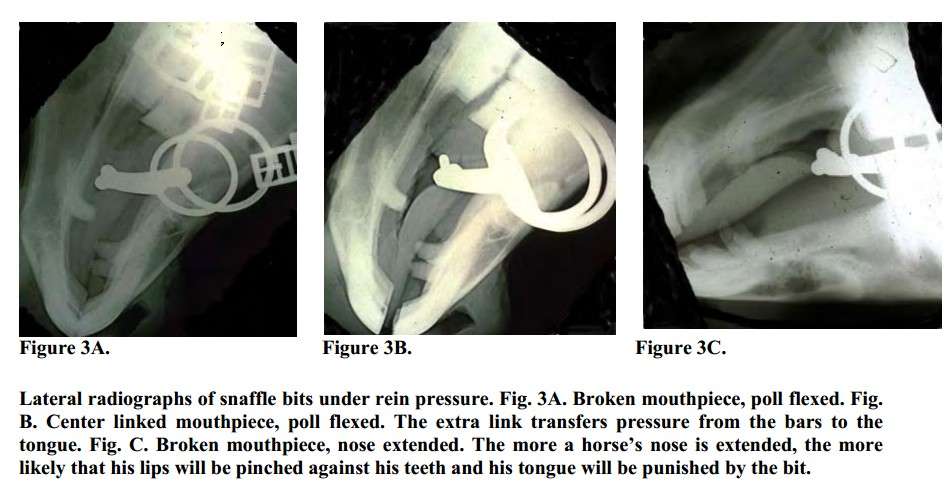I just bought an OTTB and am trying to decide what bit to use on him.
The rescue said they've been riding him in a happy mouth mullen loose ring. However, the first time I tried him out, he was in an eggbutt french link and he seemed to do great in that as well. (The second time I rode him it was in the mullen happy mouth).
What bit would you recommend? I'm planning on doing trial, lower level dressage and lower level jumping.
Thanks.
The rescue said they've been riding him in a happy mouth mullen loose ring. However, the first time I tried him out, he was in an eggbutt french link and he seemed to do great in that as well. (The second time I rode him it was in the mullen happy mouth).
What bit would you recommend? I'm planning on doing trial, lower level dressage and lower level jumping.
Thanks.





